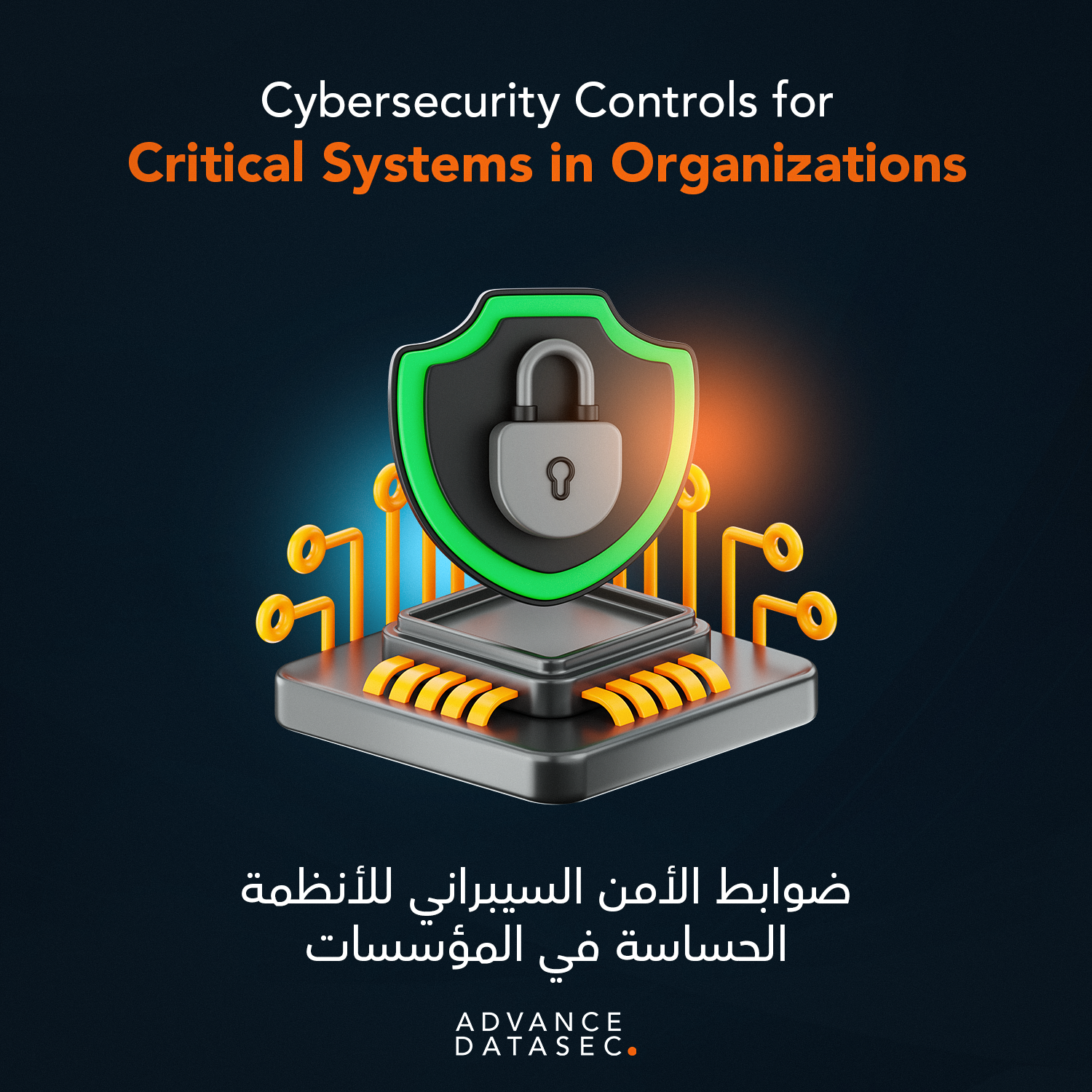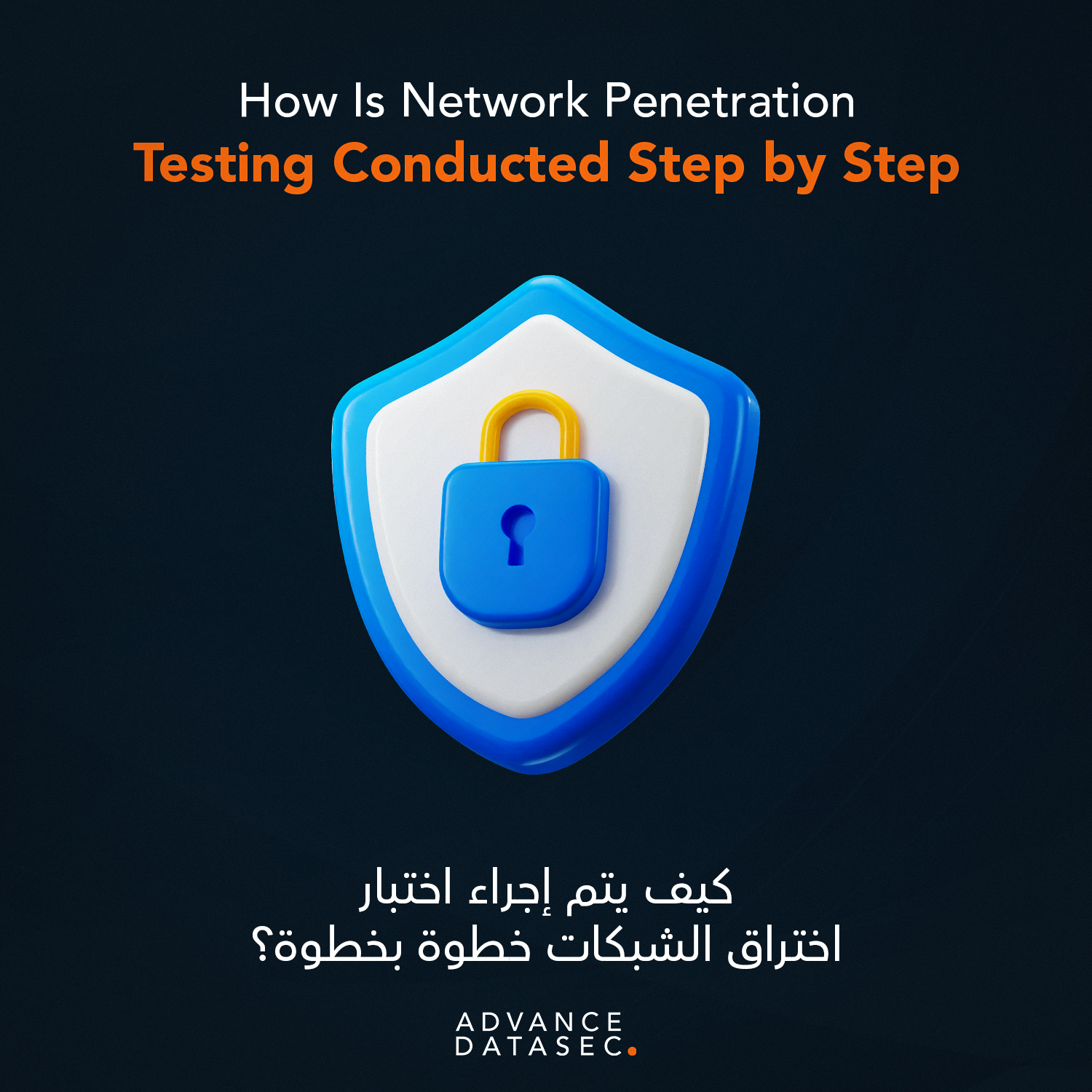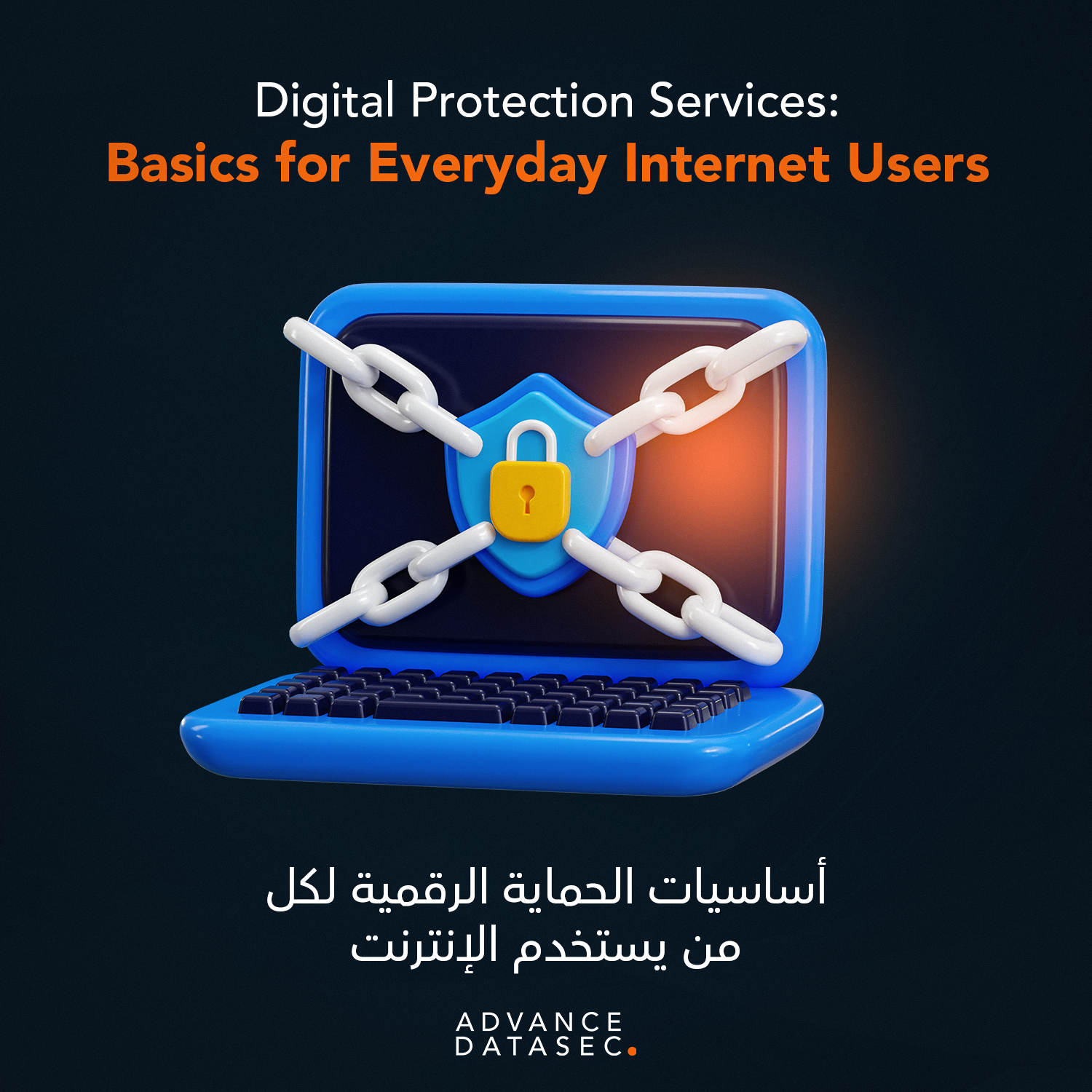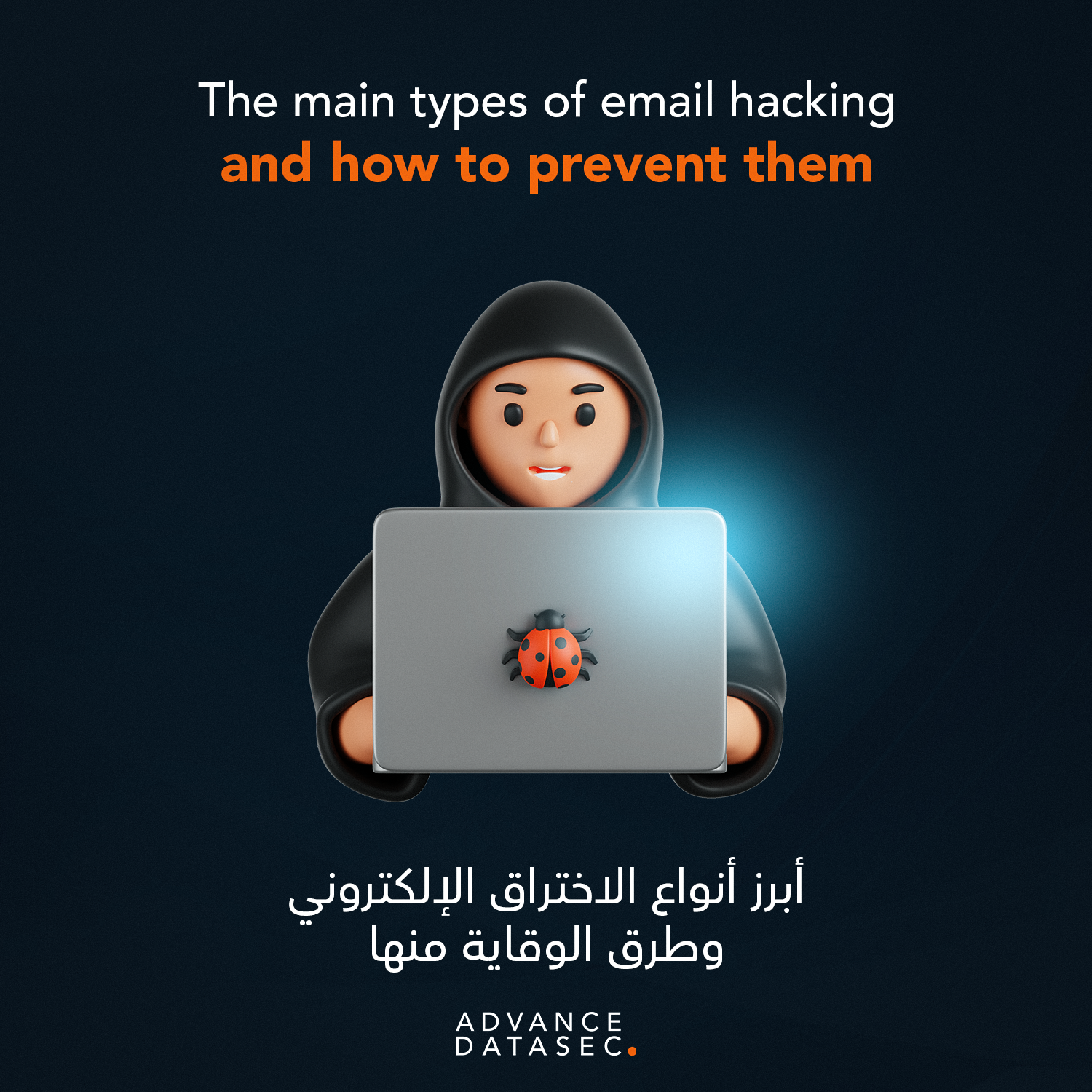Email remains the undisputed king of business communication, but this pervasive presence makes it the number one attack vector for cybercriminals. For businesses operating in the digital economy, safeguarding the inbox is not optional—it is a critical necessity. A compromised email account can instantly lead to massive financial losses, severe reputational damage, and devastating data breaches.
This guide, crafted for proactive business leaders and IT security professionals, breaks down the core types of email hacking dominating the threat landscape. More importantly, we provide actionable, multi-layered strategies to help you build an impenetrable defense and keep your organization secure.
Understanding the Landscape: Why Email is the Primary Target
Cybercriminals target email because it bypasses sophisticated network defenses by relying on the weakest link in any security chain: the human user. Email is the perfect delivery mechanism for credential theft, malware, and sophisticated social engineering schemes. Successfully identifying the various attack methodologies is the first step toward effective defense.
1. Phishing: The Illusion of Trust
Phishing is the most common and pervasive of all types of email hacking. It is a social engineering technique where attackers impersonate a trusted entity—such as a bank, a vendor, or a cloud service provider—to trick recipients into taking an action that compromises security.
How it Works: The email often creates a sense of urgency or fear (e.g., “Your account has been suspended,” “Urgent invoice payment required”). The user is directed to click a link that leads to a fake, yet convincing, login page (a phishing portal). The user then inputs their real credentials, unknowingly handing them directly to the attacker.
Prevention Strategies: Implement continuous security awareness training to teach employees how to spot suspicious links, generic greetings, and mismatched sender addresses. Deploy advanced Email Security Gateway solutions that automatically block known phishing domains and scan incoming emails for malicious indicators before they reach the inbox.
2. Spear Phishing and Business Email Compromise (BEC): The Targeted Threat
While standard phishing is a high-volume, low-effort attack, spear phishing and Business Email Compromise (BEC) represent far more sophisticated and devastating types of email hacking. They are highly targeted, low-volume attacks designed to bypass standard filters and trick specific individuals.
Spear Phishing
This attack targets a specific individual (the “spear”) within an organization. The attacker meticulously researches the victim using social media and public information to craft an email that appears highly personalized and credible, often referencing internal projects or names.
Business Email Compromise (BEC)
BEC, sometimes called “Whaling” when targeting executives, is arguably the most financially damaging of all types of email hacking. Here, the attacker successfully impersonates a high-ranking executive (like the CEO or CFO) or a trusted external partner (a supplier) to initiate fraudulent wire transfers or invoice payments.
- BEC Scenarios: This often involves a Fake Invoice Scheme, where an attacker compromises a vendor’s email and sends a legitimate-looking invoice to the finance department but changes the bank account details. Another common scenario is CEO Fraud (Wire Transfer Fraud), where an attacker emails the accounts department, seemingly from the CEO, demanding an urgent, confidential wire transfer.
Prevention Strategies: Multi-Factor Authentication (MFA) is non-negotiable for all email and critical business accounts. MFA stops attackers from logging in even if they steal credentials through phishing. Additionally, establish and enforce strict out-of-band verification (e.g., a phone call using a pre-established number) for all requests to change bank details or process large wire transfers.
3. Malware and Ransomware Delivery: The Malicious Attachment
A significant portion of cyberattacks begins with an email delivering a malicious payload—a category distinct from credential theft but often relying on similar social engineering tactics. These types of email hacking are designed not to steal a password, but to deploy dangerous software onto the user’s system or the network.
How it Works: The email contains an attached file (often disguised as a PDF, invoice, or resume) that is actually an executable file or a document containing a malicious macro. Alternatively, the email may contain a link that, when clicked, automatically downloads the malware. The downloaded malware then encrypts files (Ransomware), steals data, or grants the attacker remote access.
Prevention Strategies: Deploying Endpoint Detection and Response (EDR) solutions can monitor activity on the user’s computer, identify suspicious processes (like unexpected file encryption), and isolate the affected machine immediately. Utilize an advanced Email Security Gateway that offers Attachment Sandboxing, which detonates and analyzes suspicious attachments in a safe, isolated environment before they are delivered to the recipient.
4. Account Takeover (ATO) / Credential Stuffing
Account Takeover (ATO) occurs when an attacker gains full, unauthorized access to a legitimate employee’s mailbox. This is often the result of one of the previous types of email hacking (like a successful phishing attack) or by exploiting leaked passwords. Credential Stuffing is a specific method where attackers take usernames and passwords leaked from other, unrelated company breaches and “stuff” them into an organization’s login portals, hoping the user reused the same credentials.
If successful, the attacker gains full control, enabling them to:
- Launch Internal Phishing campaigns to other employees, easily bypassing internal filters.
- Conduct Data Exfiltration by searching the mailbox for sensitive data, client lists, or internal strategy documents.
Prevention Strategies: Enforce a policy that mandates strong, complex, and unique passwords across all systems. Use security tools that flag login attempts from unusual geographic locations or impossible travel times, indicating a potential ATO. This is often part of a wider Identity and Access Management (IAM) strategy.
Comprehensive Defense: Beyond the Inbox
Understanding the different types of email hacking clearly demonstrates that a single security tool is insufficient. A resilient defense relies on a multi-layered approach that combines technology, governance, and human education:
- Technology & Products: Implementing an advanced Email Security Gateway with capabilities like sandboxing and DMARC enforcement, paired with Identity and Access Management (IAM) products to manage user access securely.
- Governance & GRC: Establishing strict policies for financial transfers, mandatory Multi-Factor Authentication (MFA), and conducting regular Consultation (GRC) services to audit system configurations and ensure compliance with regulatory frameworks like NCA and SAMA CSF.
- Human Factor & Training: Investing in continuous Training and Awareness programs, including phishing simulations, to turn employees into a strong first line of defense.
Conclusion
Email remains a constant battleground. The sheer volume and increasing sophistication of types of email hacking, from mass phishing campaigns to targeted BEC scams, demand a comprehensive and proactive security strategy. Ignoring these threats is no longer a viable option—it’s an open invitation for disruption and financial ruin.
Protecting your organization requires implementing cutting-edge defensive technologies, establishing robust compliance frameworks, and ensuring your team is trained to be the first line of defense. Don’t wait until you are the victim of the next major breach to secure your critical communication channels.
To fortify your email defenses with industry-leading Email Security Gateway products and establish a complete, compliant cybersecurity posture in line with KSA regulations, contact Advance Datasec today for a strategic consultation.
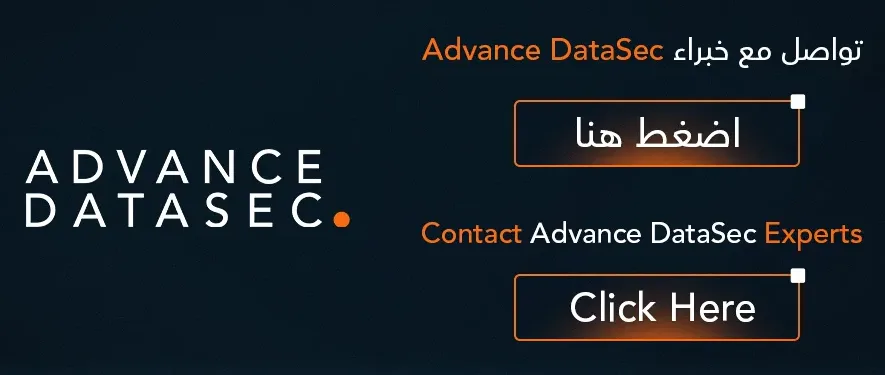
For More Articles:


